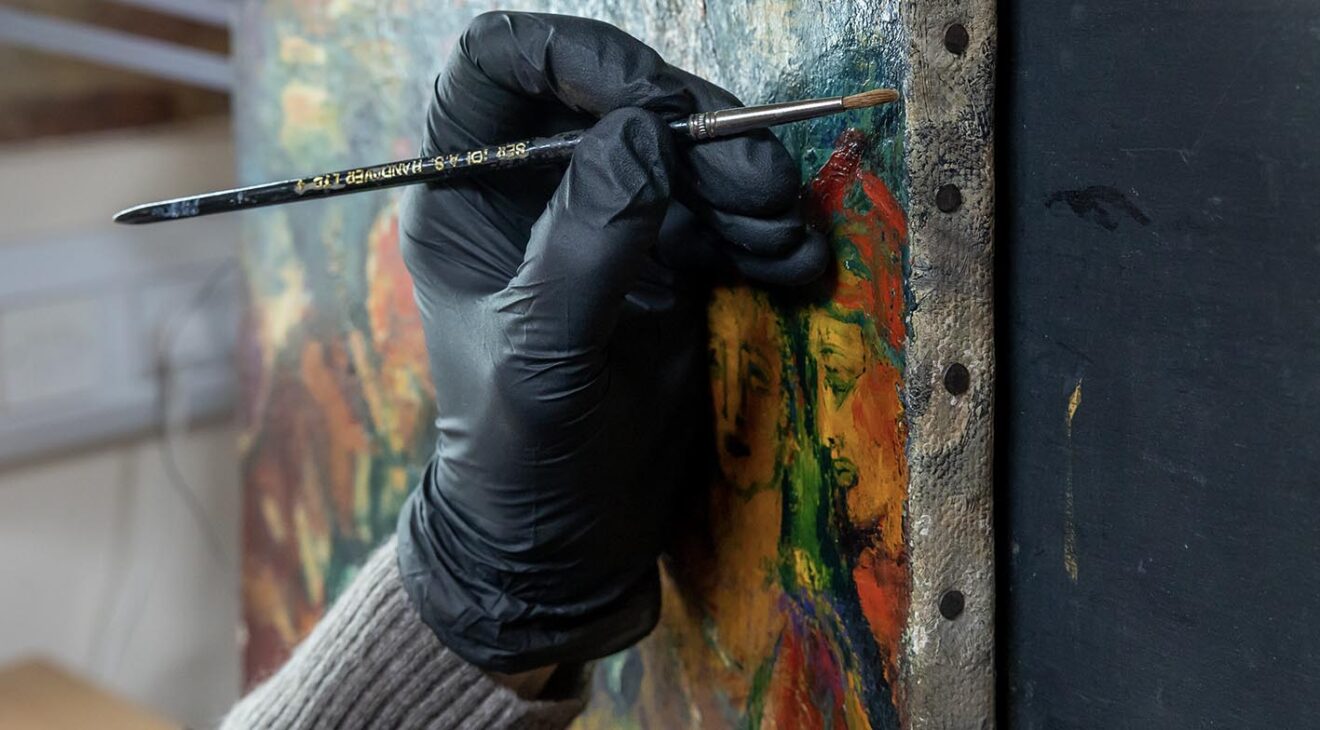
Fine Art Transport
When a fine artwork is damaged by fire or water, it requires immediate attention to prevent further deterioration. Fine Art Transport to a safe location for restoration and repair is a crucial step in the process. However, transport of delicate and valuable artwork is complex and requires careful planning and execution. This article will discuss the best practice methods for moving fine artworks following fire or water damage.
Assess the Damage
Before fine art transport is attempted, it is essential to assess the extent of the damage. This assessment will help determine the type of restoration required and the level of care needed during transportation. A professional art conservator should be consulted to assess the damage and provide guidance on the best course of action.
According to the Smithsonian American Art Museum, “damage to artworks from water or fire must be thoroughly documented with photographs, condition reports, and an inventory of the objects affected.” Where possible, this assessment should take place before moving the objects. However, following fire and water perils, this may not be possible as there may be an urgent need to transport fine art from the a damaged building.
Packaging and Fine Art Transport
Once the artwork has been assessed, it is time to prepare it for packaging and fine art transport. The packaging and transportation process should be handled by a team of experienced art handlers trained in the proper methods for handling and transporting delicate artwork.
The artwork should be wrapped in acid-free tissue paper and placed in a custom-built crate or container. The crate should be made of high-quality materials, such as hardwood or plywood. It should be designed to fit the artwork snugly to prevent any movement during fine art transport. The American Institute of Conservation advises that foam should be used to line the crate to minimise any movement of the object while in transit.
Additionally, the crate should be labelled with the artwork’s name, artist, dimensions, and any handling instructions. The team responsible for transporting the artwork should also be provided with a detailed inventory of the items being transported, along with handling instructions.
Climate Control during Fine Art Transport
Artwork is sensitive to changes in temperature and humidity, and it is important to maintain a stable environment during fine art transport. Climate control is essential when transporting fine art objects because exposure to extreme temperatures and humidity can cause irreparable damage.
Vehicles used for transporting artworks should be equipped with a climate control system to maintain a stable environment during fine art transport. The system should be set to maintain a temperature range of 18-22°C and relative humidity of 50-55%.
However, while the environmental conditions mentioned above are considered ideal, consideration must be given to the conditions the object has been subject to over the long term and during the incident. There may be a requirement to gradually bring conditions back to the ideal range to avoid a sudden “shock” to the object during fine art transport.
Conclusion
Fine art artwork following fire or water damage is a complex process that requires careful planning and execution. The artwork must be assessed for damage, carefully packaged, and transported in a climate-controlled environment to prevent further deterioration. For more information regarding Richfdords High Net Worth claims handling click here
Resources:
Smithsonian American Art Museum. (n.d.). Disaster Preparedness and Recovery for Art Collections. Retrieved from https://americanart.si.edu/collections/collections-care-guides/disaster-preparedness-and-recovery
The AIC Painting Specialty Group Postprints (2011) Vol 24 Chui and Phenix Giovanni Antonio Boltraffio’s “Madonna and Child” in the Context of Leonardo da Vinci’s Studio Practice